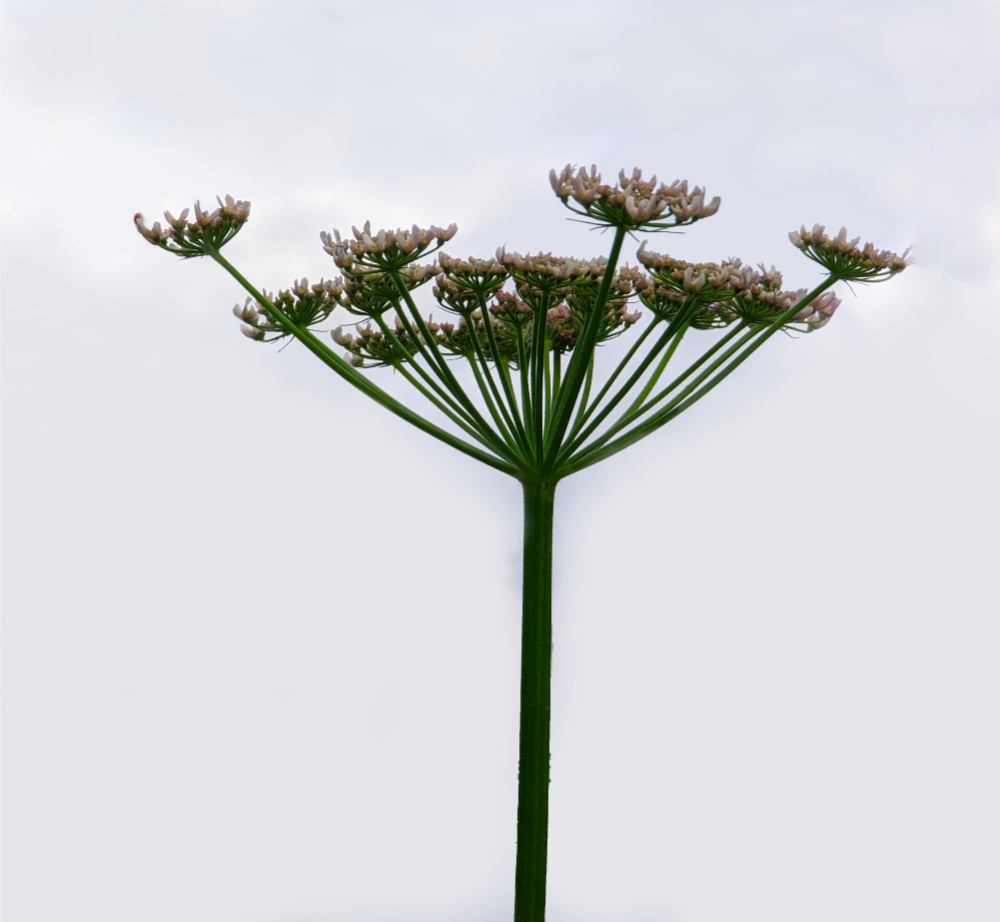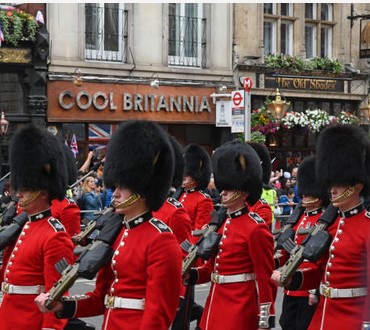- Take a number of photographs using lines to create a sense of depth…
I walk regularly in my town and these are some photographs that I took for this ‘line’ exercise on one such walk. The first set shown here are to illustrate using line to create a sense of depth. In the left hand image the lines are created by the roof line, the pavement outside the houses and the road, which all lead your eye to the Shoulder of Mutton Pub sign, or the green traffic light! Some observers go for the distraction of the traffic light others disregard it and see the larger white building. I could have removed the irritating green of the traffic light however it is part of the view, or I might have waited for the red light as it would suggest stop, you have arrived!

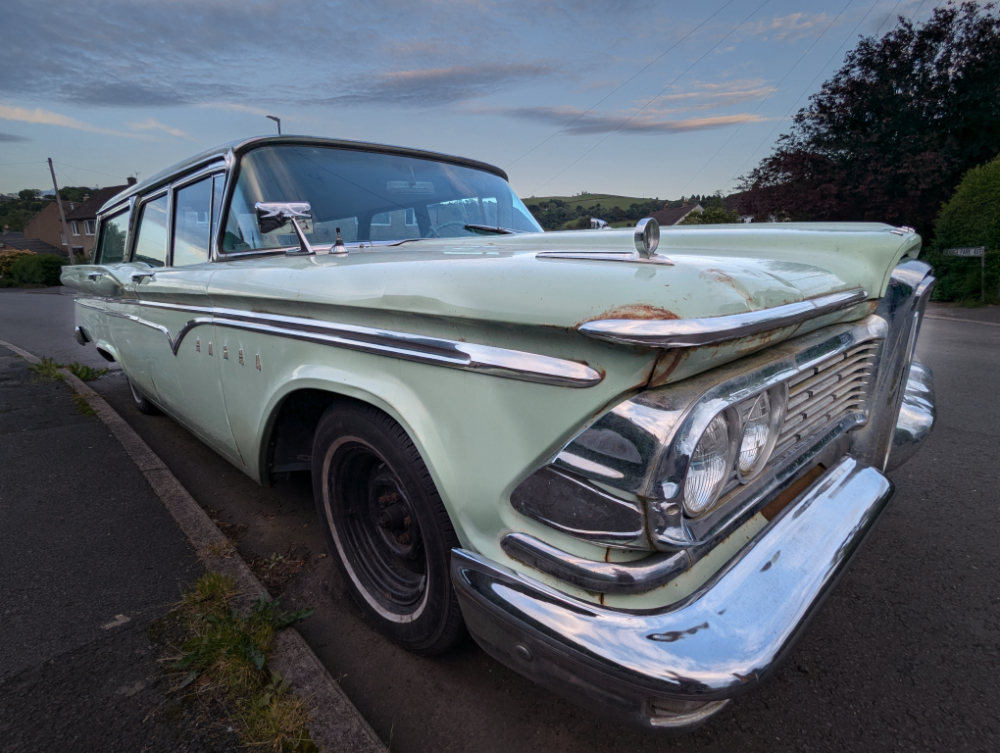
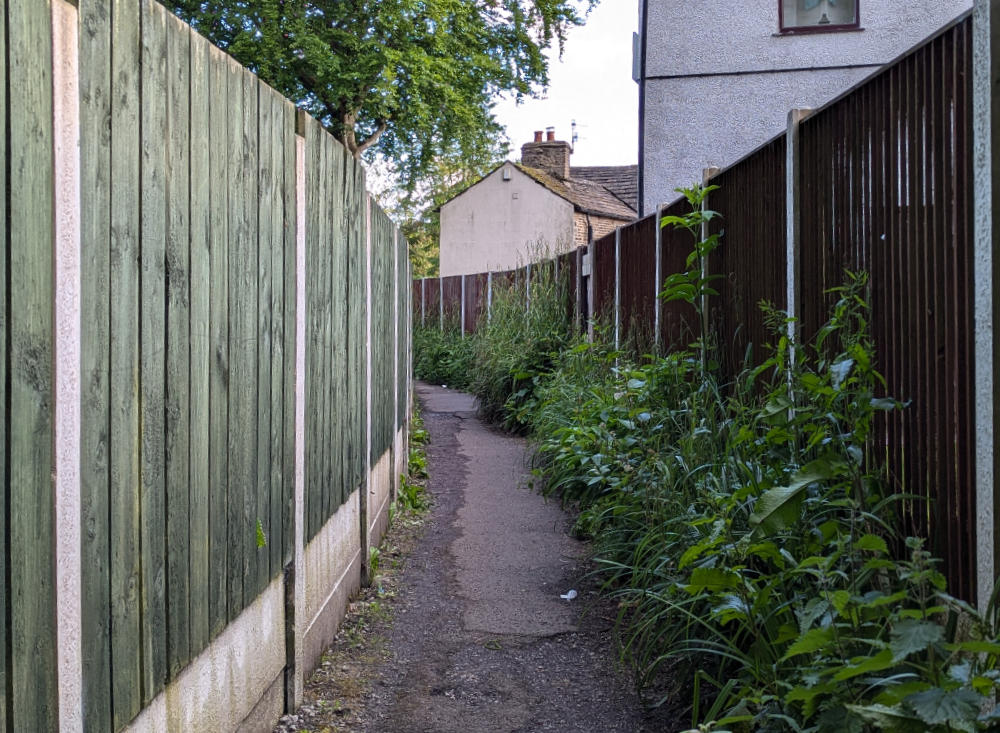
To enlarge the images right click on each one, choose ‘open in new tab’
To obtain the center image of the car I used my smartphone ultra-wide lens,. In this image the line of the ‘go-faster’ chrome along the side of the car and the roof level chrome along the top of the side windows has certainly “dramatically accentuated” the length of the car.
The right hand side image has conflicting lines. The vertical lines on the left hand fence seem to foreshorten the suggested length and depth into the image of the path. Whilst the curved line along the top of the right hand fence emphasizes the length of the path.
Lines do not have to be straight to work their magic. As shown above curved lines work equally successfully to provide an eye line into the image and into the distance. As Lanford [2010] notes in chapter 8, lines do not have to be ‘lines’ but can be “a whole chain of spaced or overlapping shapes – clouds, hedges, a blurred movement, a background shadow”. However whilst undertaking this exercise I have not yet seen an opportunity to demonstrate this.
2. Now take a number of shots using lines to flatten the pictorial space

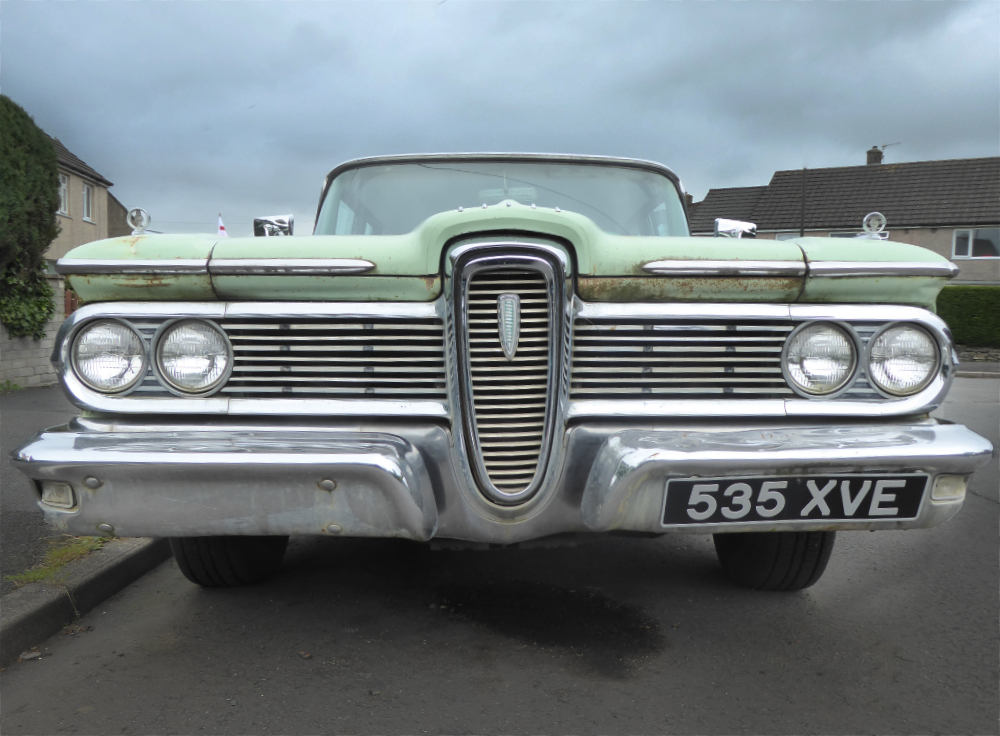
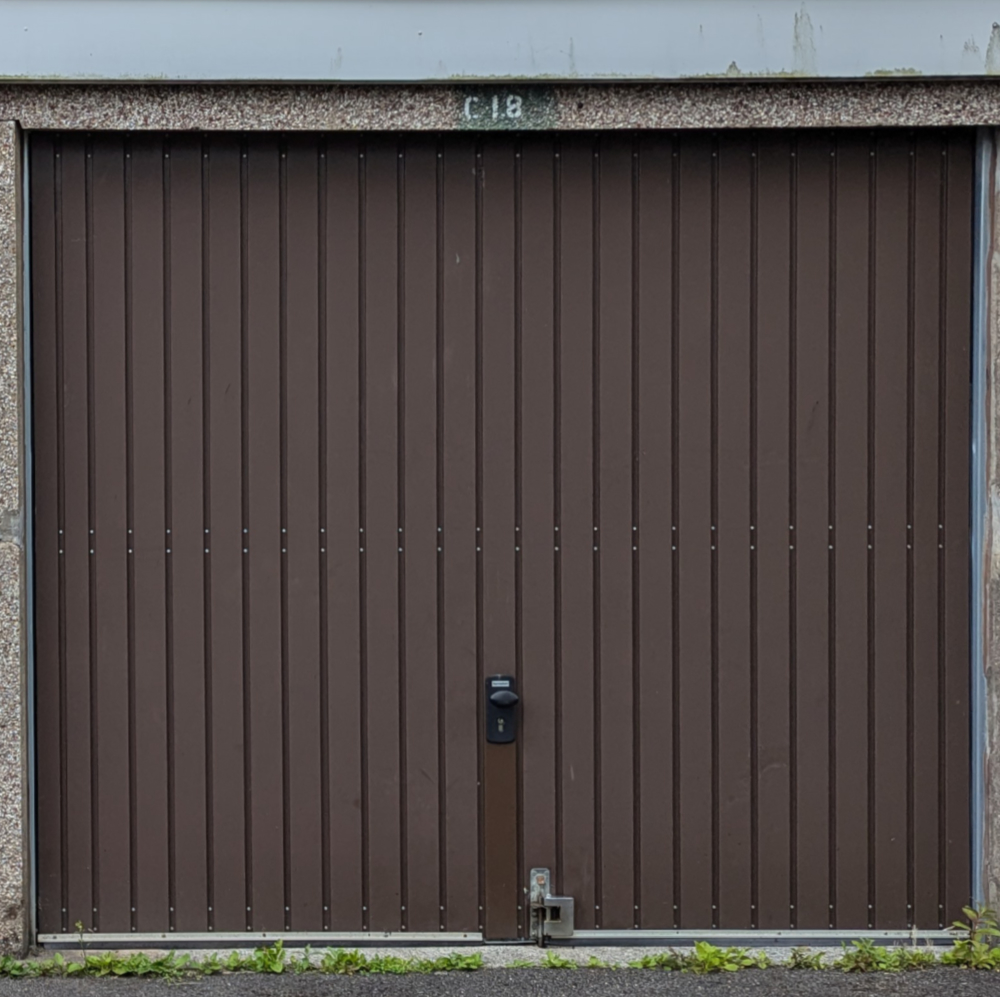
In the 3 images above, parallel lines that have no disappearing point convince the brain that it is seeing a flat surface. I can see now that the houses in the car image promote an idea of depth, as does the curb line bottom left! I did wonder whether or not to include the garage door frame (right hand image) as it did add an element of depth. However the frame is essential to inform the viewer that this is a garage door!
3. Now review and compare the photographs you took.
In the ‘Photographer’s Eye’, Michael Freeman makes many useful points about lines. He states that most lines in images are edges and contrasts which are clearly evident in the photographs of the road and path scenes and in the garage door image. He also says they are dynamic, however this is not so in the ‘flat’ images above.
Vertical lines are similar to horizontal lines in that the eye expects them to be level (horizontal) and upright (vertical). This is important in a photograph as the edge of the image often offers itself as a guideline. Of course that is unless the line is obviously diagonal!
I don’t know whether the zig-zag markings on the road scene are ‘exciting’, but Freeman does say diagonal lines are more ‘vital’ than horizontal, ‘comfortable’, lines. He talks about lines having a ‘capacity for expression’ . This idea can be useful in composition of a photograph. I haven’t managed to find suitable diagonal lines to photograph, however Freeman says of all lines they “introduce the most dynamism into a picture”.
He points out that the convergence of lines of perspective are effectively diagonals and therefore give the image dynamism as the eye follows the line.

